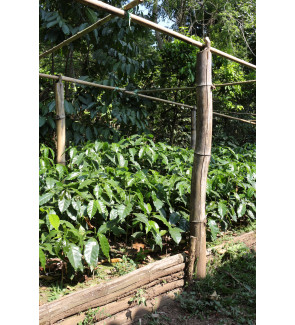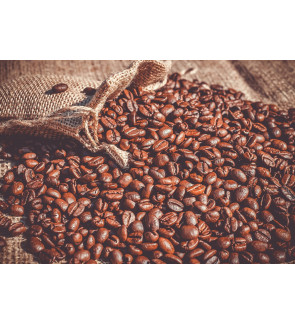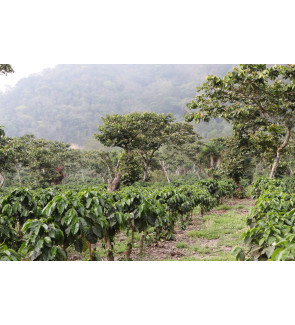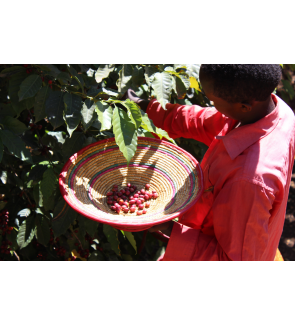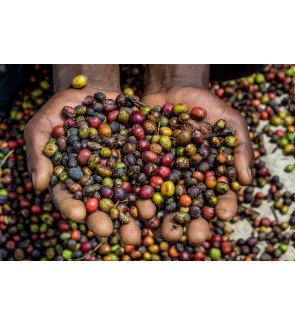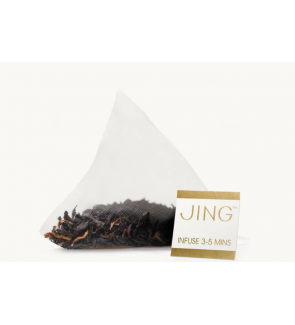El Salvador Finca Nazareth
<p>Sundried for 30 days on raised beds using 4 hours daily direct sunlight and using natural shade for the coffee to dry slower in order to have a homogeneous and brighter cup as and end result. They thicken the layers of coffee on a daily bases to create the slow drying process.</p>
<p><strong>FINCA DESCRIPTION:</strong></p>
<p>Finca Nazareth owned by ANDRES ACOSTA (6th generation), is located in the town of Apaneca, Ahuachapan. The growing conditions at the finca are characterized by the altitude that goes from 1500 to 1650 m, having clay loam soil which is the perfect one to grow coffee and presenting a lot of organic matter that helps the coffee trees to develop better flavors in the cup. Nazareth consists of 4 lots called: ‘Casco de Finca’, ‘El Amate’, ‘Bavaria’ and ‘Sintegual’.</p>
<p>At Nazareth they grow Pacamara, Bourbon, Yellow Caturra and SL-34 varieties with bourbon being the main one. </p>
<p><strong>REGION: </strong>apaneca, ahuachapan</p>
<p><strong>LOT:</strong> ‘bournbon - natural' (shg - 0-5 defects, screen 15)</p>
<p></p>
Price
€10.00

